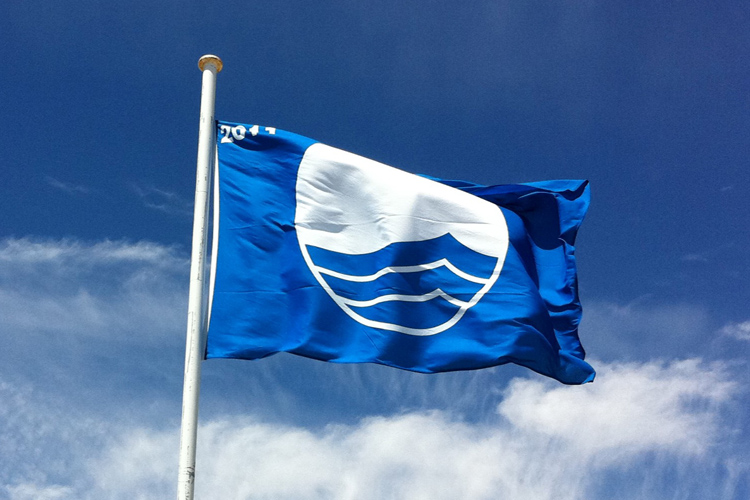The Blue Flag is one of the most recognizable beach flags in the world and a synonym for clean coastlines and transparent ocean water.
Unlike the eight beach safety flags, the Blue Flag is awarded to sand strips, marinas, and boating operators that follow a pre-established set of eco-friendly parameters.
Today, raising the Blue Flag means offering a higher standard when it comes to beach and saltwater quality.
Interestingly, the initiative was originally a symbol of an environmental awareness initiative.
An Unusual Start
French schoolchildren were invited to write a message and put it in a plastic bottle along with their names and the name of their nearest beach.
These bottles were then collected by the French military and flown out to sea, where they were dropped.
The idea was that the messages would drift back to shore and land at different points along the coast where they originated.
The goal was to highlight the problem of dumping litter into the world's oceans and the impact that this has, not just locally but also on communities located miles away.
Unfortunately for the schoolchildren, very few bottles were ever seen again. But in a roundabout way, this initiative led to the creation of the Blue Flag.
The concept was presented to the European Commission in 1987, the "European Year of the Environment."
In its first edition, the creators - the Foundation for Environmental Education (FEE) - hoisted the Blue Flag at 244 beaches and 208 marinas from 10 nations.
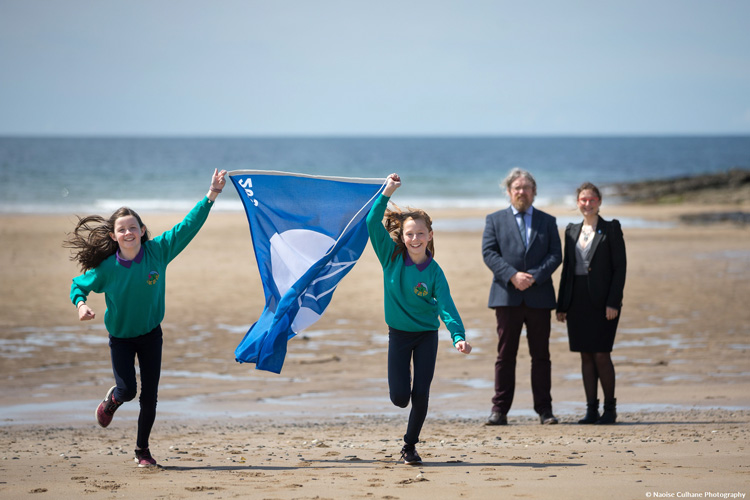
Countries Flying the Blue Flag
In 2001, the European Blue Flag became the International Blue Flag.
In fact, South Africa was the first country to join FEE that year, thus enlarging its mission worldwide.
Since FEE and Blue Flag were not just European anymore, the Foundation for Environmental Education had to rename itself, subsequently losing its last "e," which stood for "European."
Since 2001, many countries outside of Europe have followed South Africa's example and joined the Blue Flag, making it a truly international program.
Today, 45 countries are members of the Blue Flag, and around 4,560 ocean and river beaches, marinas, and boating tourism operators hoist the iconic eco-friendly label.
The Blue Flag Certification
Blue Flag beaches require an official certification from the Foundation for Environmental Education.
FEE is a non-governmental, non-profit organization that promotes sustainable development by enhancing global environmental education.
It was founded in 1981 in the Netherlands and runs five major eco-driven programs: Green Key, Learning about Forests, Young Reporters, Eco-Schools, and the Blue Flag.
The Blue Flag has a large panel of international and national juries, auditors, and partners that ensure that each beach complies with the program's strict guidelines.
The multinational organization also runs multiple regular and secret spot checks to confirm the site's eligibility.
The criteria for beaches are long and quite rigorous. There are 33 guidelines divided into four chapters:
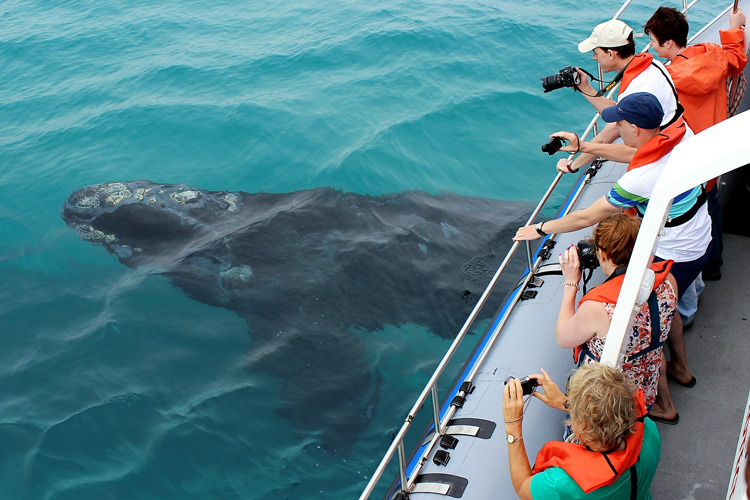
Environmental Education and Information
- The beach must display information about the Blue Flag program;
- The beach must offer environmental education activities to its users;
- The beach must display information about bathing water quality;
- The beach must display information relating to local eco-systems, environmental elements, and cultural sites;
- The beach must show an information map indicating nearby facilities;
- The beach must display a code of conduct that reflects appropriate laws and/or regulations governing its use and surrounding areas;
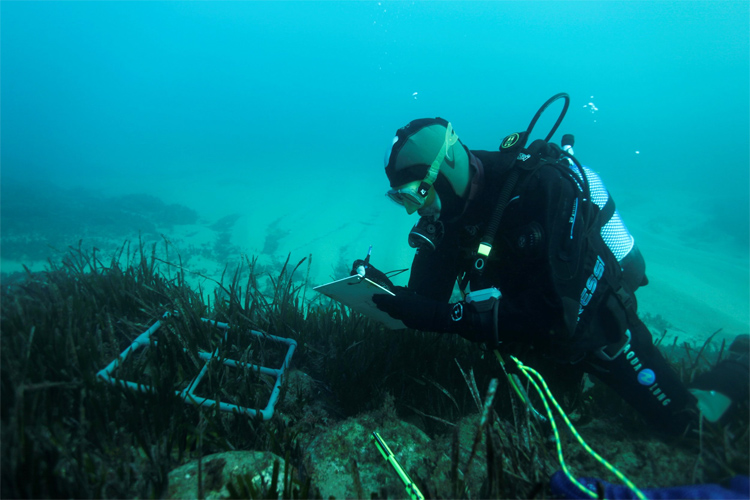
Water Quality
- The beach must comply with the water quality sampling and frequency requirements;
- The beach must comply with the standards and requirements for water quality analysis;
- Industrial wastewater or sewage-related discharges must not affect the beach and its surroundings;
- The beach must comply with the requirements for microbiological parameters Escherichia coli (E. coli) and intestinal enterococci (streptococci);
- The beach must comply with the requirements for physical parameters;
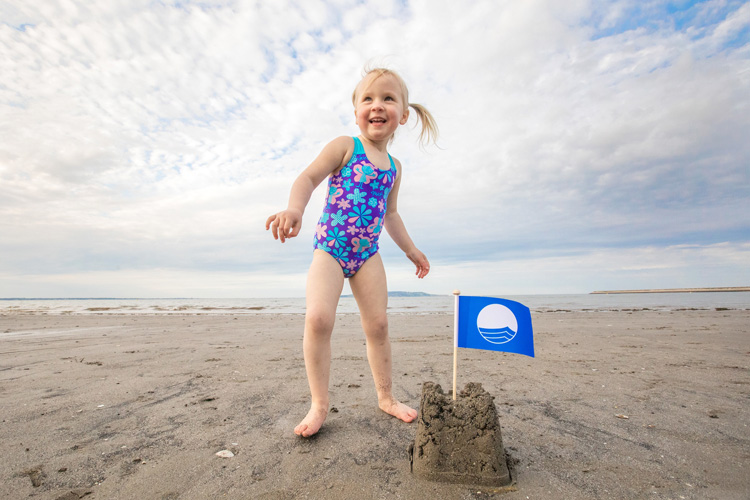
Environmental Management
- The local authority or beach operator must establish a beach management committee;
- The local authority or beach operator must comply with the laws and/or regulations affecting the location and its operation;
- The local authority or beach operator is responsible for managing sensitive areas;
- The beach must always be clean;
- Algae and natural debris must be left on the beach;
- The beach must provide waste disposal bins/containers in adequate numbers, and they must be regularly cleaned and maintained;
- The beach must provide facilities for the separation of recyclable waste materials;
- The beach must provide an adequate number of toilet or restroom facilities;
- Toilets and restrooms must be kept clean at all times;
- Toilets and restrooms must have controlled sewage disposal;
- Camping, driving, and dumping on the beach must not be allowed;
- Access to the beach by dogs and domestic animals must be strictly controlled;
- All beach equipment and buildings must be adequately and regularly maintained;
- Local sensitive marine and freshwater habitats, such as coral reefs or seagrass beds, must be monitored regularly;
- The beach should promote sustainable means of transportation;

Safety and Services
- The local authority or beach operator must implement appropriate public safety control measures;
- The local authority or beach operator must provide first-aid equipment;
- The local authority or beach operator must have emergency plans to cope with pollution events;
- The local authority or beach operator must have a plan to manage different users and uses of the beach to prevent conflicts and accidents;
- The local authority or beach operator must adopt safety measures to protect users and guarantee free access to all;
- The beach must provide a drinking water supply;
- Access and facilities for the physically disabled should be available at least in one Blue Flag beach per municipality;
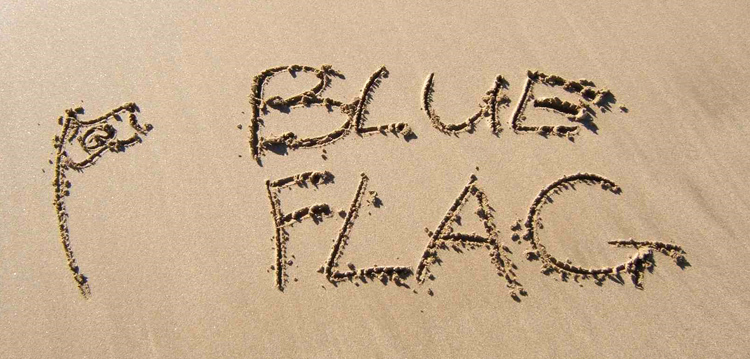
Future Challenges
The world's environmental challenges are changing fast, and plastics have become a global issue.
The Blue Flag beach criteria is a solid statement toward a sustainable planet where people and the natural world thrive together.
However, after browsing the 43-page document, we noticed that plastics are only mentioned four times and don't seem to represent a threat to marine life and children who play on the sand.
Moreover, there is not a single allusion to the rise of microplastics and how Blue Flag beaches should address them.
In fact, it will be difficult to identify sands without a reasonable amount of small plastic particles.
As a symbol of excellence, the Blue Flag should introduce tighter guidelines regarding microplastics in future beach criteria updates.
